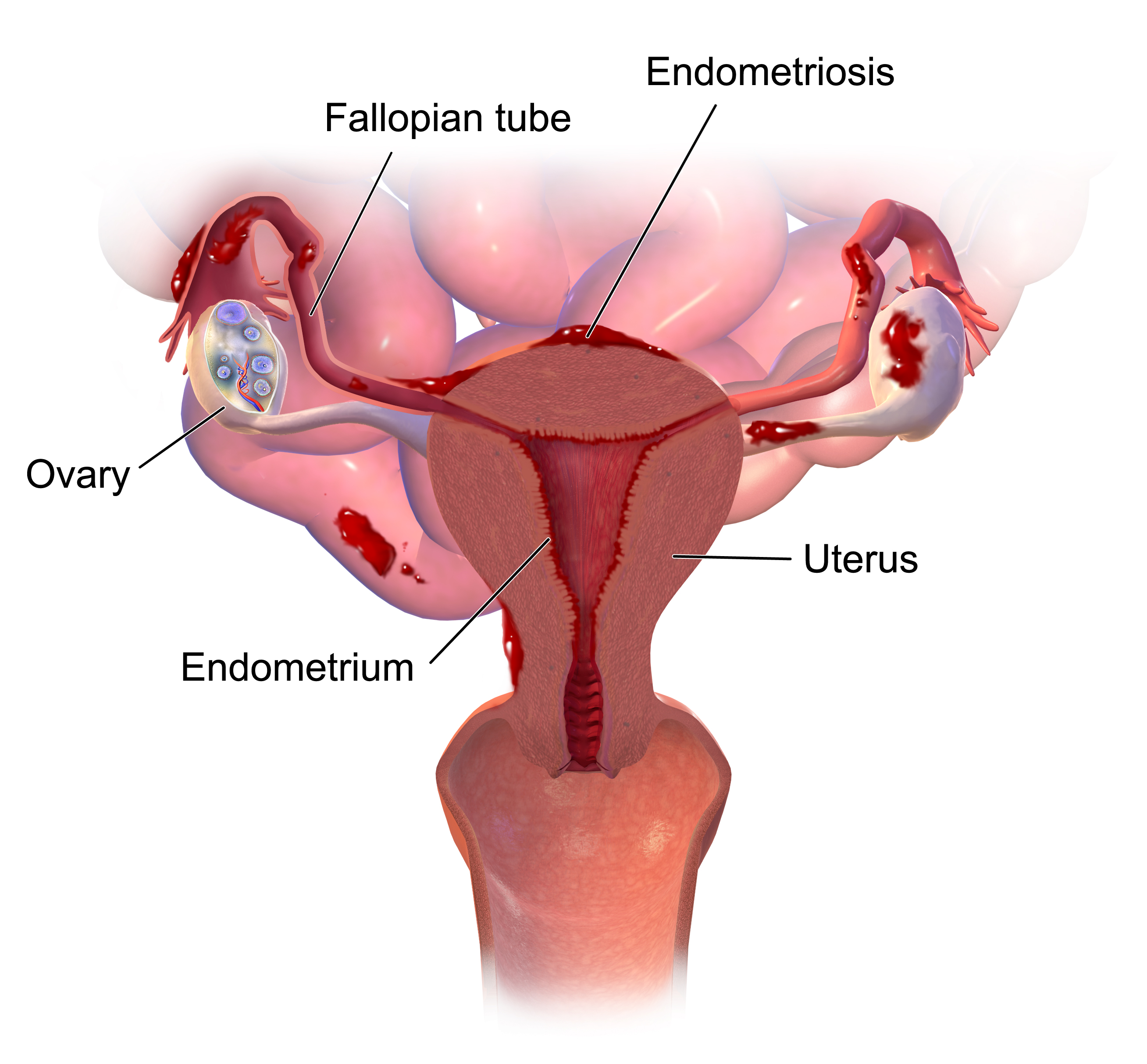It may not be general, but everybody knows somebody that ,”wants to live forever.” Thanks to epigenetics the dream of living “forever” is not far out of reach.
The goal of modern medicine has always been to extend human life to its maximum potential, and we have succeeded thus far in doing so. According to statistics compiled by UC Berkeley, The average life expectancy in 1910 was 49 years, while it has now risen to 73 years. 4% of the population of the United States lived to 80 years old in 1910- that statistic has now risen to above 40% for men and has nearly reached 60% for women.
In the 19th and even early 20th centuries it was not uncommon to barely live to meet your own grandchildren. The general population now enjoys the luxury of living to an age where multiple generations can interact comfortably. Unfortunately, the rapid increase in life expectancy that occurred throughout the 20th and into the 21st century has begun to stall; we have simply exhausted the limitations of traditional medicine. One field that has sparked the interest of many medical researchers is epigenetics, the study of the human genome and how it can be modified to our benefit. Potential implications of epigenetic techniques have been found to be enormous. Imagine living to meet your great-great grandchildren, and being spry enough to spend time with them as our grandparents do now.
Aging is a process widely recognized as a product of genetic and environmental factors, with the environmental factors largely playing a role in triggering phenotypic response. It was not until recently that the role of predetermined genetic factors in aging and longevity were realized, with concrete evidence for genetic association amongst long-lived populations coming even later. With the help of modern data analytics we have been able to uncover some of the mysteries behind living beyond our current timetable.
One way that researchers have been developing an understanding of the role that phenotype plays in aging has been through qualitative study of genetic expression triggered by variation in living environment. Researchers found that variation in stimulus leads to a variation in phenotypic expression. One of the most interesting relationships CJ Kenyon and her team at the University of California at San Francisco was the inverse correlation between the availability of nutrients and lifespan. When access to resources was limited, genes were activated in order to focus on lengthening the life of the organism, a sort of internal self-preservation mechanism. Researchers were then able to isolate the specific genes that were activated and determine their unique correlation with longevity.
These phenotypes take hold not only in gene activation, but also in the form of physical and behavioral changes. As scarcity of resources went up, organisms tended to prioritize individual well being over other processes such as reproduction and territorial expansion. This link between genetics and behavior demonstrates how genetics play into one’s physical and behavioral characteristics due to environmental factors.
Unfortunately, these correlations discovered in microscopic organisms, (that of choice in this particular study led by C.J. Kenyon was C. Elegans), must be taken with a grain of salt. Variations in expression of the same gene has been found to have dramatically different effects in different organisms, and even within different ethnic cohorts. We must therefore take the time to pinpoint these “longevity genes” in organisms and ethnic cohorts individually. Thankfully, modern computational power gives us the ability to sift through genomic data like never before.
Scientists have begun to utilize analysis techniques such as Genome Wide Association Studies (herein referred to as GWAS) to identify macroscopic genetic trends to isolate the secrets to longevity hidden within the massive amounts of data stored in the human genome. According to the Murabito lab at Boston University School of Medicine, GWAS are able to identify trends that were previously invisible to the human observer through massive data analytics. By isolating certain long-lived populations, specifically those that lived into their hundreds (centenarians), researchers were able to pinpoint certain phenotypes that correlated with longevity with limited statistical significance. It was found that you are more likely to live past 85 if your parents did, as well as there being a lower chance of developing age-related disease if one’s parents were a member of the centenarian cohort. Although there was only limited significance in the findings regarding ageing, phenotypes contributing to the development of age related ailments were pinpointed at a much higher significance level.
Other researchers are taking a different approach in their study of longevity by focusing on individual genes that directly contribute to one’s lifespan and quality of life throughout the ageing process. One gene that has sparked the interest of Dr. C.J. Kenyon amongst others is IGF1, an insulin signaling pathway gene that has been found to directly correlate with lifespan with mild statistical significance. Genes like these continue to be discovered and further research is being conducted to determine the strength of their role in longevity.
Future implications of research being conducted currently may include being able to stimulate genetic expression that leads to extended life. By activating mutations that lead to longevity over and over we may be able to effectively double the human life expectancy. Gene therapeutics have had success in stimulating longevity phenotypes in microorganisms and we are now working to apply the same techniques in more complex organisms.
Modern science continually provides us with the ability to push the boundaries of the human interface, with ever increasing lifespan serving as a primary indicator. In 1910 most doctors would have laughed if told the average person would live to 100. The fact that we may soon have the facilities to increase the length of our lives beyond that set by the bounds of nature by a considerable margin is a new concept that can therefore be difficult to comprehend. It is our duty both inside and outside of the scientific community to make sure we use Researchers continue to push the envelope with epigenetics and similar treatments; who knows, one day we just might live forever.
By: W. Corley
References:
Hoeijmakers, Jan HJ. “DNA Damage, Ageing, and Cancer.” The New England Journal of Medicine, 8 Oct. 2009,https://www-nejm-org.libproxy.lib.unc.edu/doi/full/10.1056/NEJMra0804615
Kenyon, C. J. (2010). The Genetics of Ageing. Nature, 464(7288), 504-12. doi:http://dx.doi.org/10.1038/nature08980
Murabito, J.M., Lunetta, K.L., “The Search for Longevity and Healthy Aging Genes: Insights From Epidemiological Studies and Samples of Long-Lived Individuals,” The Journals of Gerontology: Series A, Volume 67A, Issue 5, May 2012, 470 -479, https://doi.org/10.1093/gerona/gls089
“Life Expectancy in the United States, 1900-98.” Life Expectancy in the USA, 1900-98, UC Berkeley, 2010, u.demog.berkeley.edu/~andrew/1918/figure2.html.
Image Credits:
“3D Rendering of a DNA Double Helix”, Getty Images/iStockphoto, https://thecollege.asu.edu/content/dna-primer










